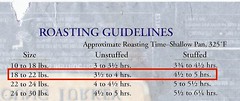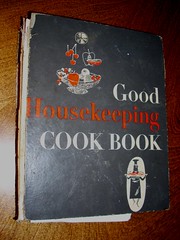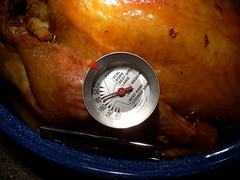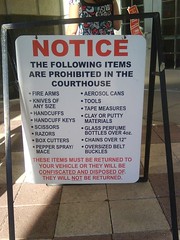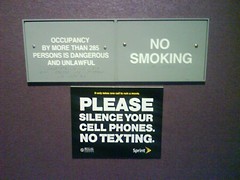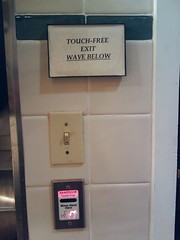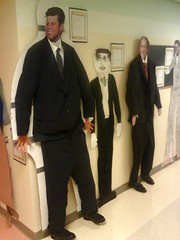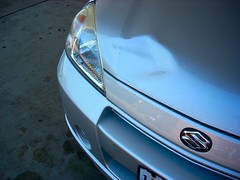On the 21st of last month I was laid off from my job, right at the start of the worst economic conditions to hit this country since the Reagan Recession of 1990. I’ve been too depressed to write about it until now.

Back in March, I left a job that I had held for 10 years, only to be let go from my “new” job 7 months later. This can be attributed to two primary factors: The rotten economy, which was precipitated by a global banking crisis, and slipshod management at my new company.
The banking crisis hit close to home because I work in the banking software industry. It’s not surprising that banks and their suppliers are hitting the wall. Whole financial empires are crumbling, exposing the shaky foundations of what we believed to be our most stable institutions. It’s clear that the entire mess was avoidable, but because of inadequate controls on trading instruments, the whole system burst like an infected pimple.
The company I joined managed to attract me through a combination of excellent benefits and a gross misrepresentation of the job. It seems the company had partnered up with another company on a 5-year project. They were going to convert a software product that had been written in Spanish for the Spanish market to English, and adapted for use in markets all over the world. I was assured that I would be working on documentation using XML, for Web publication – something I’d been dying to do in my previous job.
Once I started working, the sad truth was revealed. The partners would be working in XML, but not me. The product was currently installed at one customer site in Thailand, so my supervisor told me that the quality of my work didn’t really matter, since none of them speak English anyway. The job was all about meeting contracted deliverables, not about achievement. It was like working on a loading dock.
Worse, there was barely enough work to keep one competent person busy, and we had two people dividing up the work. If I had questions or problems, nobody knew the answers, nobody knew who might have the answers, and if by some miracle I found someone with the answers, they were far too busy or important to provide the answers. It took six months for the company to arrange an Internet meeting for someone in India to train us on the product we were writing about.
I felt angered and betrayed. All along I thought I had been hired for my knowledge and experience, only to discover that my supervisor had been too busy and important to bother sifting candidates. I was just one of the first warm bodies to apply for the job, so they told me what I wanted to hear, plunked me down at a desk and abandoned me.
In all fairness, my previous employer (another banking software company) went through a round of layoffs also, and there’s no guarantee I would have made the cut. But had I stayed, I would have been entitled to almost 5 months of severance pay. My new job offered me one week of severance for my 7 months of service.
The elections are going to play a huge role in the recovery of the American economy. The financial system runs on three elements: Fear, Greed and Faith. Fear puts the market into reverse, Greed puts the market into drive, and Faith is the fuel that keeps the money moving.
We’re teetering on the brink of a disaster, and whoever wins the presidency must restore Faith. Personally, I feel this can only be achieved by introducing legislation for new, thorough regulatory oversight. Whatever you believe, get out and vote on Tuesday.
Oh, and let me know if you hear of any open jobs. There's a 7-Eleven application sitting on my kitchen table. It's supposed to be for my daughter, but it's looking pretty attractive right about now.











